Can’t stand the heat? Here’s how Australian travellers are doing Europe differently
Scorching temperatures and cost of living concerns are changing how we travel on the continent during the northern summer.
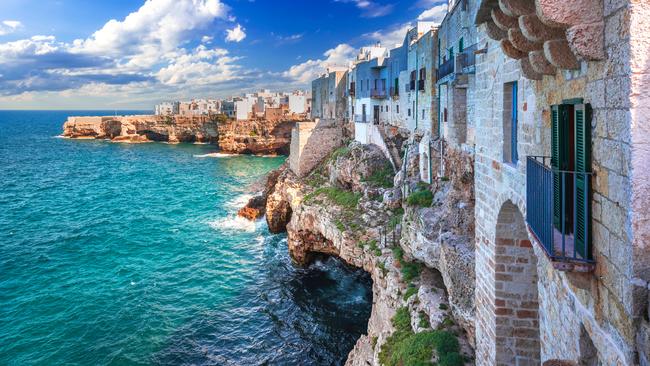
Last year, when friends and colleagues began the annual migration to Europe’s warmer shores to escape the Australian winter, I eagerly awaited living my best summer life vicariously through their social media posts. I anticipated Aperols in piazzas, beachside sunsets, tastefully melting gelatos and endless posts of blinding, whitewashed villages outlined by pristine blue skies.
But by mid-July a different kind of image had begun to emerge. Instead of cruising through Corfu or swimming off the coast of Sardinia, people were sharing footage of extreme heatwaves keeping them locked in airconditioned hotels, of packed airports and tearful goodbyes. “We’re being evacuated,” wrote someone, while another showed a smoke-filled sky over Athens with the stark words: “Stay safe, everyone.”
Suddenly, the dream of endless Aperols lost its fizz.
The summer of 2023 might be forcing us to reconsider our longstanding love affair with tradition, or at least open up the relationship to flings further afield. Travellers are seeking a new kind of summer escape, away from the heavy foot traffic of familiar hotspots, They are looking further north and east on the continent for their next adventure.
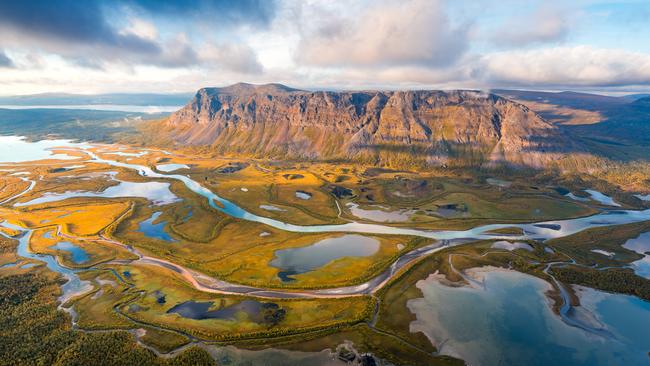
Destinations in demand
“Demand for well-known and well-loved hotspots such as Italy, Greece and the UK is always going to be there, but we’re also seeing a shift toward places like Portugal, Turkey, Sweden, Switzerland and Romania,” says Rachel Kingswell, Travel Associates general manager for Australia and New Zealand.
One itinerary that has seen higher demand, she says, is the company’s Ultimate Sweden experience, which takes travellers from Stockholm’s urban scene to the wilds of Swedish Lapland to soak their cares away at the Arctic Bath Hotel. If you prefer your downtime balanced with something high-octane, Kingswell recommends a Swiss Alps package that includes golf and supercars. That six-day adventure begins in Zurich and enables guests to cruise alpine roads behind the wheel of an Aston Martin DB11 or a Porsche 911 Turbo before teeing off at the prestigious Andermatt Golf Course in the Swiss Alps.
Romania has been catching the eye of intrepid travellers seeking new vistas. “River cruising is super popular and clients are opting to go for longer itineraries to incorporate Romania (in their trips),” says Kingswell. She says the country’s appeal also lies in its opportunities for hiking and e-biking through medieval villages, tales of vampires in Transylvanian castles, and its UNESCO World Heritage-listed monasteries.
If soaking up the sun remains a priority, Kingswell suggests the island of Malta as an alternative to the sun-drenched waters of Santorini or Positano. Contrasting rugged cliffs and rolling countryside with hidden coves caressed by crystal-clear waters, the island nation promises a mix of relaxation and adventure. She highly recommends the exquisite guestrooms at Iniala Harbour House that overlook Valletta’s Grand Harbour, and urges clients to reserve a table at Simon Rogan’s Michelin-starred restaurant ION Harbour for his Maltese-Mediterranean cuisine.
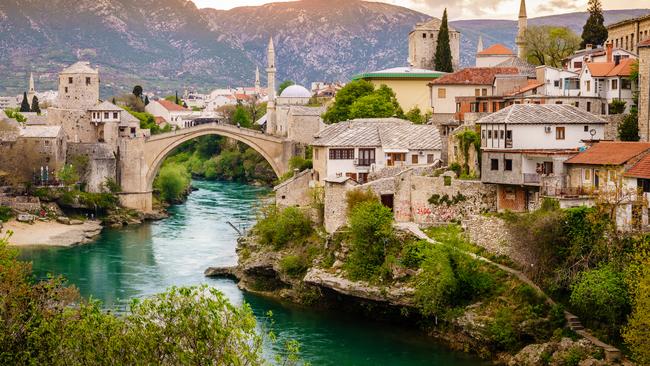
Go east and north
According to Flight Centre global managing director Andrew Stark, the popularity of Eastern European and Scandinavian destinations has been considerable this year. Data shows flight bookings to Hungary are up 14 per cent, Norway 13 per cent and Finland 12 per cent.
“While cost-of-living pressures are very real right now ... people are prioritising experiences in their budgets over all other discretionary choices,” Stark explains. “Instead of buying things, they’re embarking on personal discovery, wellness journeys and getting outside of their comfort zone through travel. For many, it’s the one thing they’re not willing to give up.”
The appeal of Europe’s eastern quadrant also comes with the mystery of the unfamiliar. As beloved as the landscape of Lake Como might be, the thrill of setting foot in unknown territory lies at the heart of why many people travel.
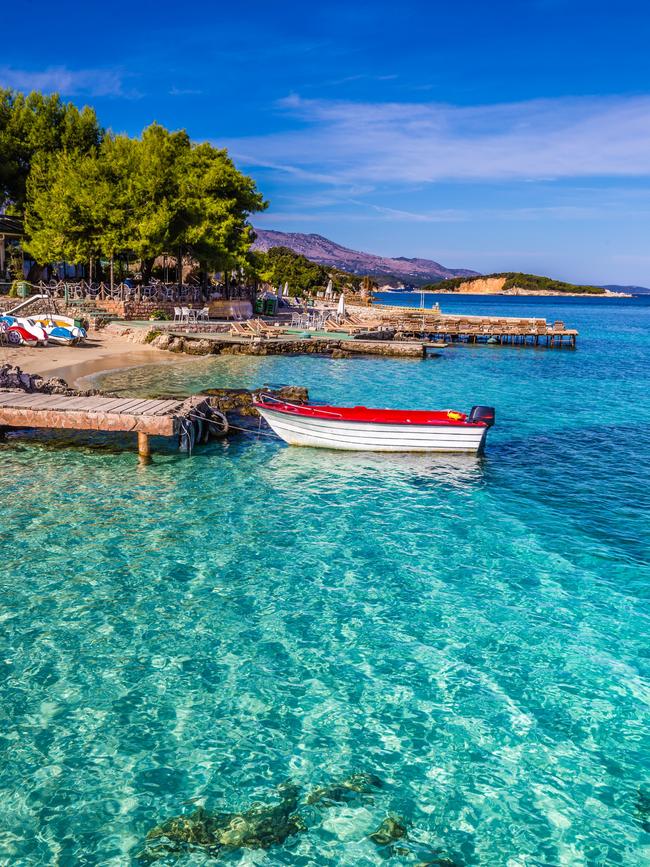
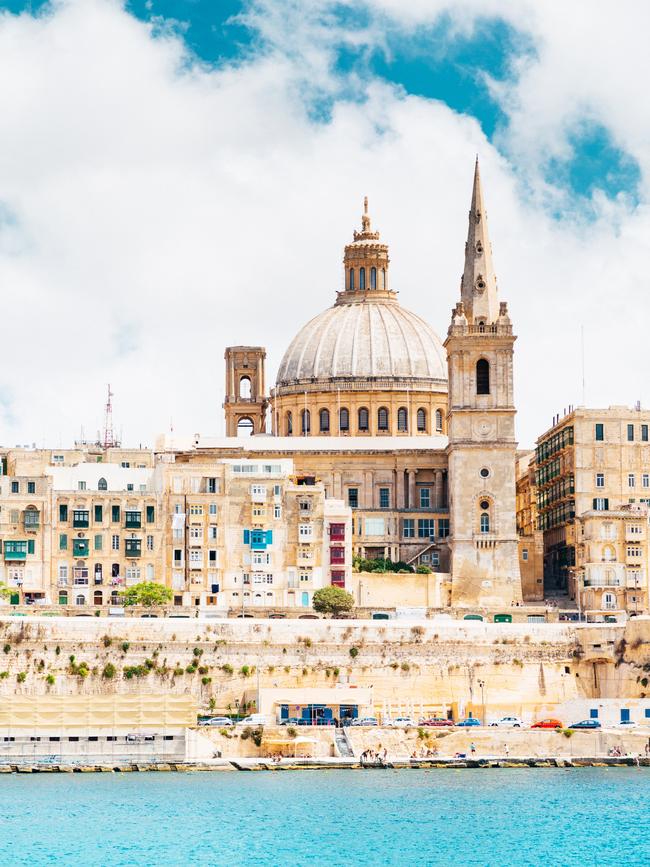
The rise of Albania
“There are many hidden gems in Europe that Aussies are flocking to, depending on what type of holiday they are after,” says Jarrod Kris, a travel expert at Skyscanner Australia. Albania, in the southeast of Europe and sitting along both the Adriatic and Ionic coastlines, has seen a surge in interest from Australian travellers, according to Skyscanner data. This year, a record number of Aussies searched for Albanian holidays in June 2024. Kris says the ideal time to visit is from June to August, with average temperatures hitting a balmy 31C.
“Albania is rapidly becoming a popular destination as more tourists discover the beauty of the Balkan Mountains and the Adriatic coastline, making it perfect for a European summer escape,” he says.
“If you’re looking for a city break, check out Mostar Bosnia and Herzegovina instead of Istanbul. The cobblestoned streets and ancient stone buildings are like something from fairytales. Alternatively, if you’re hoping to relax and treat yourself with spa therapies, check out Rogaska Slatina in Slovenia instead of Baden-Baden in Germany. Rogaska Slatina is best known for its curative mineral waters, spas and crystal glass – a sight to behold.”
Weather isn’t the only factor having an impact on destination decisions. Cost of living is influencing where and how we travel too. One way to take the bite out of rising prices is by travelling in the shoulder season, which has the added benefit of avoiding crowds.
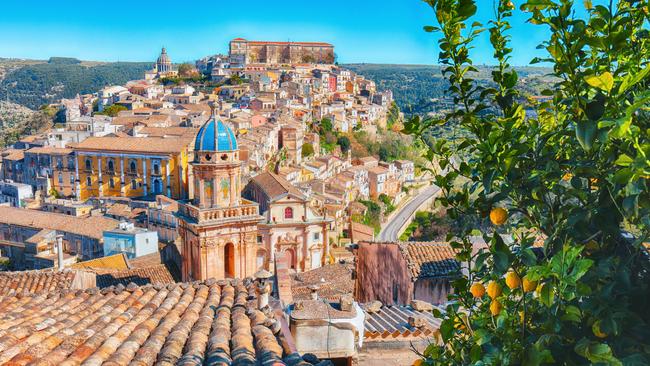
Give peak season the cold shoulder
“The shoulder seasons of spring and autumn have always been exceptional times to visit Europe,” says Robina Frosinini, Abercrombie & Kent’s global tailor-made product manager for Europe. “But travel patterns are now more distributed throughout the year. This shift reflects both a reaction to recent climatic challenges and an adjustment to evolving traveller preferences. Notably, there is a growing trend of tourists opting for spring or early summer trips to avoid the extreme heat of July and August.”
But for the Italophile, the lure of the Italian getaway isn’t fading, especially in Italy’s lesser-known regions. Mario Vitellone, founder of Pronto Travel in Melbourne, notes: “For a more comfortable experience, avoid the heat and crowds by travelling in late April, early May, late September or October. Remember, northern Europe and Sicily have vastly different climates.”
With more than 20 years in the industry, Vitellone champions the Adriatic side of Italy – Le Marche, Abruzzo, Puglia and even Molise. “These regions are becoming the new go-to destinations,” he says. “Le Marche, with Pesaro as a cultural hub, Abruzzo, Puglia and Matera are filled with medieval hamlets, Renaissance towns and rich cultural heritage. Australians love getting off the beaten track, and these regions offer a delightful escape.”
If you love to travel, sign up to our free weekly Travel + Luxury newsletter here.

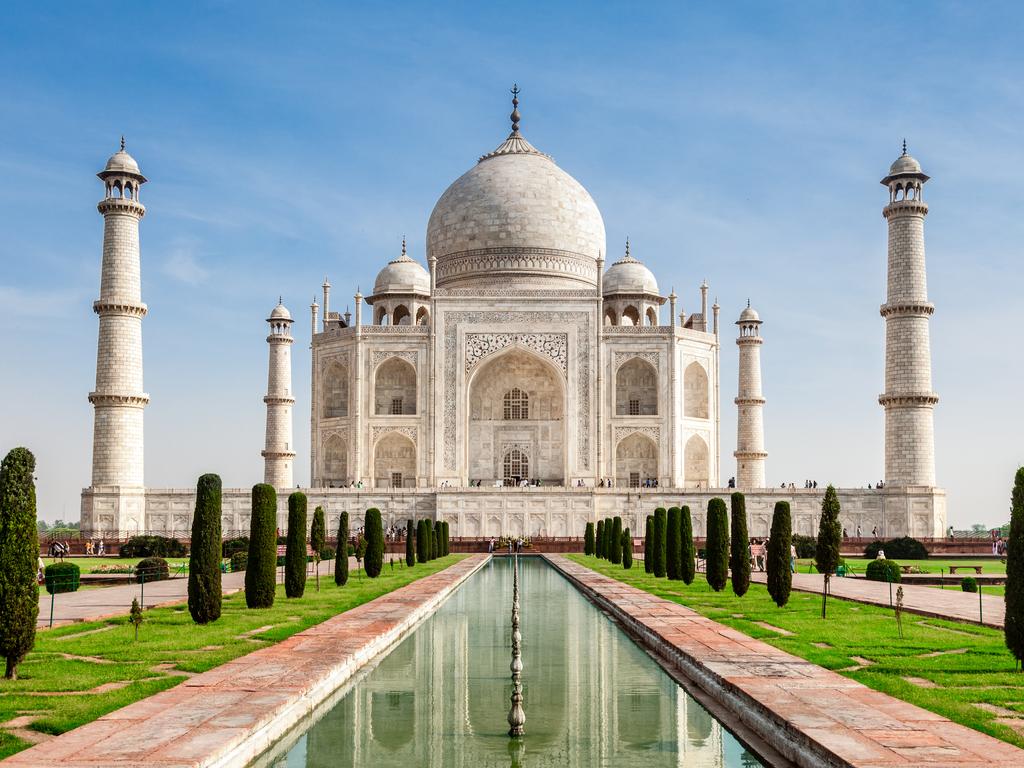
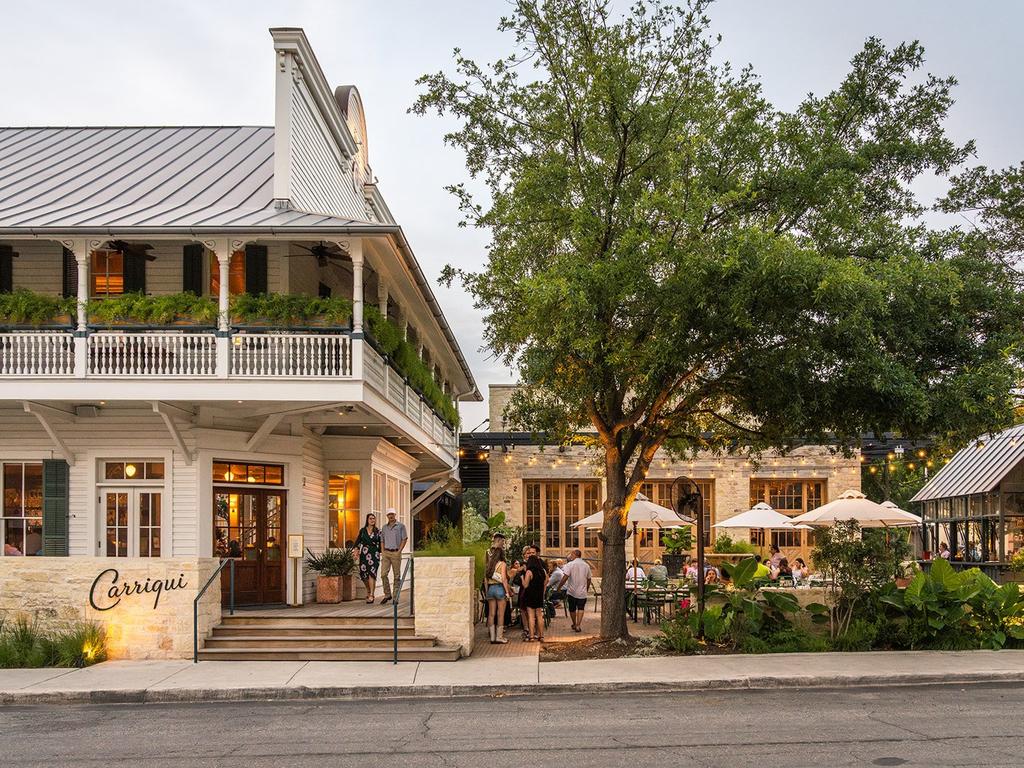
To join the conversation, please log in. Don't have an account? Register
Join the conversation, you are commenting as Logout